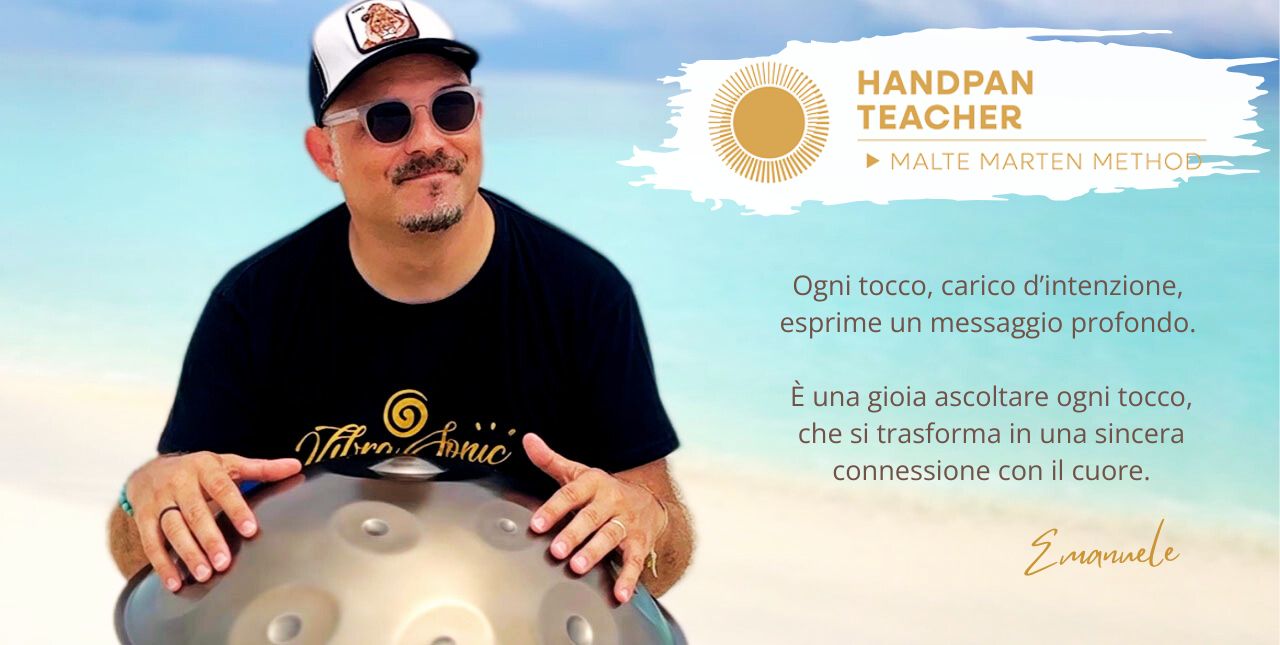The monochord is one of the oldest and most fascinating musical instruments in the history of music. Although its name may seem simple, this instrument has had a significant impact not only on music but also on mathematics and philosophy.
Origins and History 
The monochord dates back to ancient Greece , where it was used by philosophers and musicians to explore harmonic ratios and sound frequencies. It is said to have been invented by Pythagoras, one of the first philosophers to study it, but, most likely, the latter learned about it from the priests of Egypt .
Pythagoras used the instrument to demonstrate the principles of mathematical proportions in music . Through the monochord, Pythagoras discovered that dividing a string into equal parts produced harmonic musical intervals , a discovery that was fundamental to the development of Western music theory .
Structure and Operation
The monochord consists of a single string stretched between two fixed points above a sound box . Below the string, a series of movable bridges divide the length of the string into different proportions, thus generating different frequencies and notes . By moving the bridges, it is possible to study musical intervals and scales. The use of the monochord is not limited to the simple production of sounds. It is used primarily as a teaching tool to teach the fundamentals of music theory, the physics of sound and acoustics.
Names by which he is known
Throughout history and in different cultures, the monochord has been known by various names. Some of these include:
• Monochord : in English;
• Monochord – Monochord - Monochord :
terms used in the Italian language;
• Monochord : French name;
• Monochordus : Latin version;
• Ein-Saiter : German name meaning "one rope".
 Modern Uses
Modern Uses
Today, the monochord is still used in education to explain concepts of music theory and acoustic physics. The simplicity of its structure allows for a clear visualization of the mathematical proportions and harmonic relationships between notes. Some contemporary musicians and composers also use it to explore new sounds and to create experimental music. The ability to produce pure, harmonic sounds offers a unique sonic palette that can be easily manipulated. Additionally, the monochord finds application in music therapy , due to its ability to generate pure, harmonic sounds that can have relaxing and therapeutic effects .
Application in Music Therapy
-
Characteristics of the Monochord Used in Music Therapy
Harmonic Sounds : The monochord produces sounds rich in natural harmonics, which are perceived as particularly pleasant and calming. Harmonics are frequencies that overlap with the fundamental note and create a feeling of fullness and resonance.
Resonant Vibrations : The vibrations generated by the monochord can be physically felt, as well as heard. This vibrotactile effect can be very relaxing and therapeutic, aiding in the release of muscle tension and stress.
Simple and Versatile Structure : The simple structure of the monochord, with one or more strings, allows it to be tuned in different ways to obtain different frequency ranges, thus adapting to the specific needs of each therapeutic session.
-
Benefits of Monochord in Music Therapy
Stress and Anxiety Reduction : The harmonic frequencies of the monochord help calm the mind and reduce stress and anxiety levels. Repeating harmonic sounds can induce a state of deep relaxation, similar to that achieved through meditation.
Promoting Physical Relaxation: The resonant vibrations of the monochord can help release muscle tension and improve blood circulation. This physical effect can be especially beneficial for people with chronic pain or musculoskeletal conditions. Improving Mood : Listening to the harmonic sounds of the monochord can have a positive effect on mood, helping to reduce symptoms of depression and improve overall emotional well-being.
Meditation and Mindfulness Support : The monochord is often used in meditation and mindfulness practices due to its ability to create a calm and centered sound environment. Harmonic sounds help to focus attention and reach a meditative state more easily.
Sensory Stimulation : Monochord vibrations can be used to stimulate the senses in people with disabilities or neurological conditions. This can enhance sensory perception and promote body-mind connection.
-
Integration with Other Tools
The monochord can be combined with other musical instruments and therapeutic techniques to create richer and more varied music therapy sessions. The combination of different sounds can amplify the therapeutic effects.
The monochord, with its apparent simplicity, hides a depth of uses and meanings that make it a valuable instrument for music, science, and personal well-being. Its ability to demonstrate the mathematical principles of music has had a lasting impact on music theory and the understanding of sound, making the monochord not only an object of historical study but also a relevant and useful instrument even today.
In particular, its use in music therapy further highlights its versatility and power . Thanks to the pure harmonic sounds and resonant vibrations it produces, the monochord is able to promote relaxation, reduce stress and improve emotional and physical well-being. This simple yet effective instrument continues to be a valuable resource for music therapists, educators and musicians, confirming its intrinsic value in many areas of human life.
At Vibrasonic we offer a wide range of monochords in our e-shop and Showroom . We invite you to discover our collection and experience the magic of this unique instrument first hand. Visit our website or come and visit us to find the perfect monochord for your musical and therapeutic needs.
DISCOVER THE MONOCORDI COLLECTION







